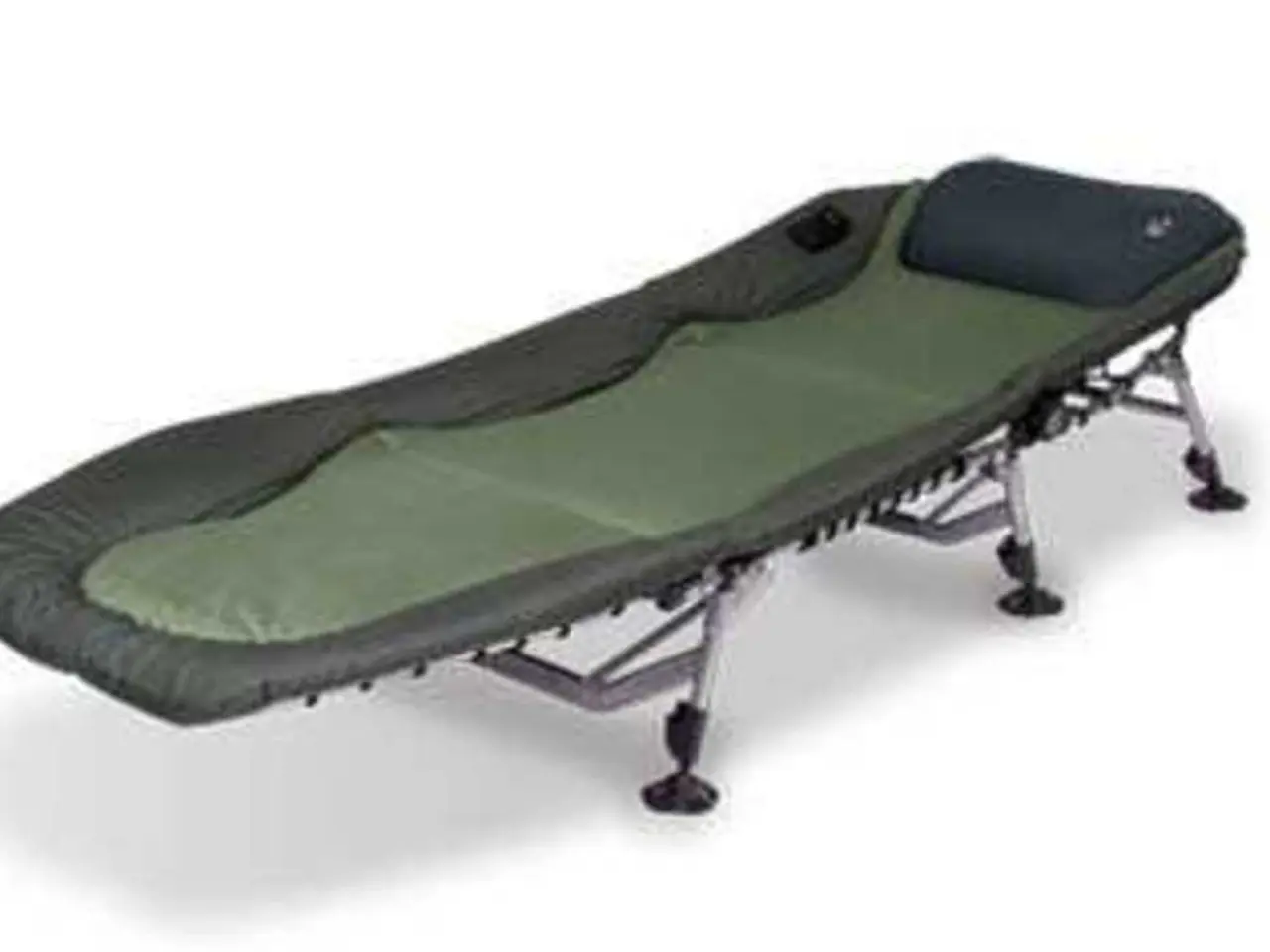"Walking Aids: Varieties, Functions, and Obtaining Them"
Crutches are essential mobility aids for individuals who have difficulty walking due to injuries or long-term disabilities. This article aims to provide a comprehensive overview of various types of crutches, their uses, and the factors that influence their prescription.
Types of Crutches
- Axillary Crutches: These are the most common type, also known as underarm crutches. They are adjustable for height and feature a pad at the top that fits underneath the armpit, an adjustable handgrip, and a frame that usually includes two joined rods. Axillary crutches are best suited for short-term use and are most suitable for people with enough upper-body strength to use them comfortably.
- Forearm Crutches: Sometimes referred to as elbow crutches, forearm crutches have a handgrip and feature a cuff to support the back of the arm above the elbow. They offer more maneuverability than axillary crutches and provide a supportive cuff around the arm, allowing a person to use their hands without dropping the crutch.
- Platform Crutches: Also known as gutter crutches and forearm support crutches, platform crutches include a handgrip, a flat, padded platform where a person can lean their forearm, and sometimes an elbow guard. Platform crutches provide greater stability but less maneuverability than axillary and forearm crutches.
Prescription and Usage
A healthcare professional will usually provide instructions on how to use crutches. The choice of crutches often depends on the nature of the injury or disability. For instance, a healthcare professional may prescribe forearm crutches to someone with a long-term disability that affects movement, such as cerebral palsy, or to people with neurological impairment that causes long-term disabilities of the lower limbs, wrist injury, or conditions that affect the strength or mobility of the wrist, such as arthritis, or chronic pain conditions.
Availability and Accessibility
Crutches are available from various sources, including rehabilitation centers, medical suppliers, and organizations that supply pre-owned goods. They can also be obtained from physical and online drug stores, medical supply companies, and medical device rental suppliers. In some cases, a healthcare professional or urgent care facility may supply a person with crutches.
Additional Features
Shock absorption systems on crutches may help reduce the impact on a person's joints and muscles. Reinforced frames and wider bases can increase stability and improve balance. Hands-free crutches, which have a padded platform for the bent knee, secured with fabric straps and buckles, allow for hands-free walking.
Specialised Crutches in Germany
In Germany, specialized or supplementary crutches that offer additional stability and mobility support can be obtained through advanced medical centers like the University Clinic for Neurosurgery and Spinal Surgery at Evangelisches Krankenhaus Oldenburg. Specialized orthopedic clinics like Dr. Thomas Schneider's center in Gundelfingen may also provide tailored orthopaedic aids and conservative treatments, including orthopedic devices for enhanced mobility support.
Cost and Coverage
Medicare covers the cost of axillary and forearm crutches under Medicare Part B as part of the durable medical equipment (DME) coverage.
In summary, crutches are vital mobility aids for individuals with walking difficulties. Understanding the different types of crutches and their uses can help in making informed decisions about their selection and use. Always consult with a healthcare professional for personalised advice and guidance.
Read also:
- Peptide YY (PYY): Exploring its Role in Appetite Suppression, Intestinal Health, and Cognitive Links
- Toddler Health: Rotavirus Signs, Origins, and Potential Complications
- Digestive issues and heart discomfort: Root causes and associated health conditions
- House Infernos: Deadly Hazards Surpassing the Flames








